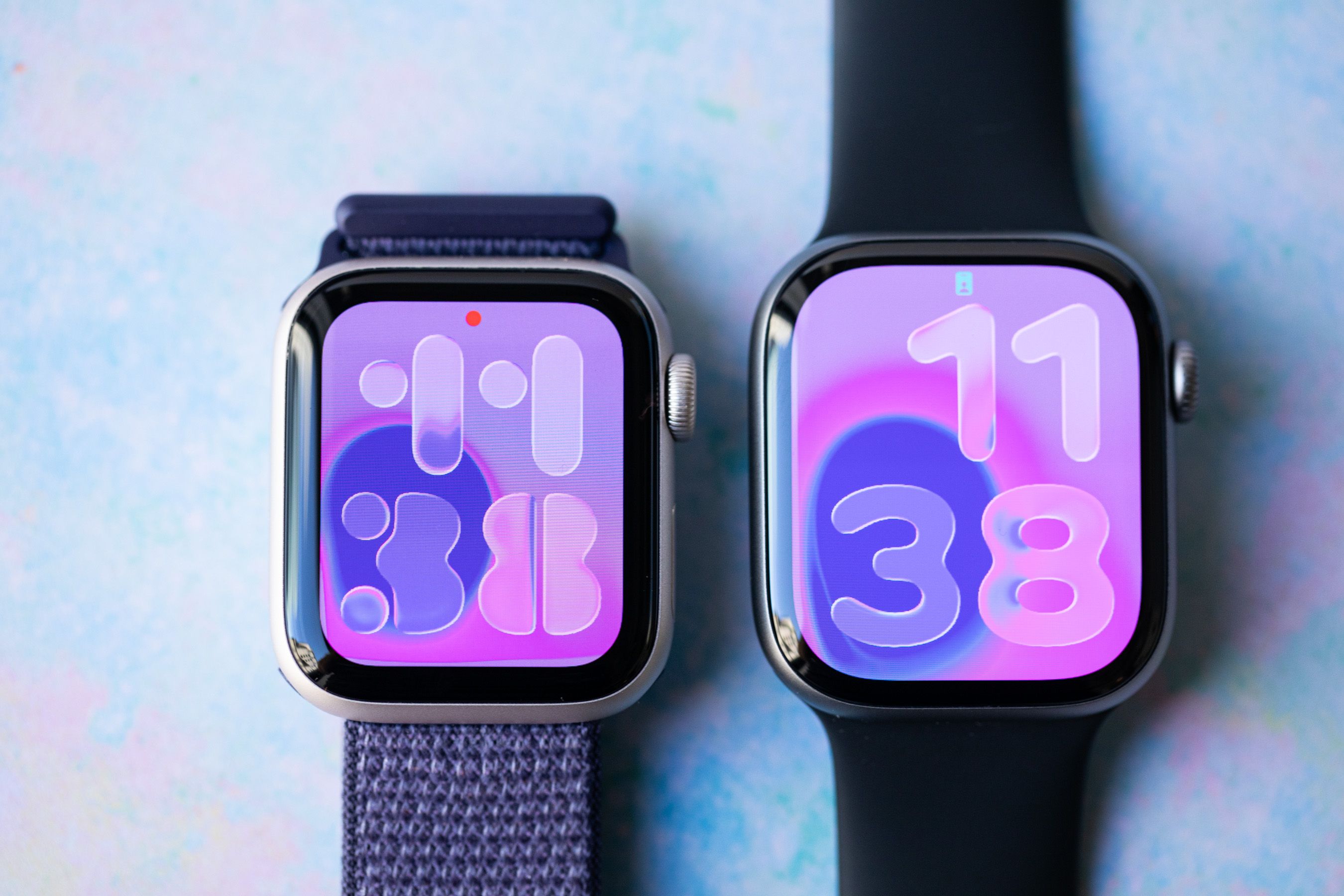Apple just rolled out its newest Apple Watch lineup, but the real story isn't the hardware - it's the pricing battle happening across retailers. With the Series 11, SE 3, and Ultra 3 hitting shelves, early discounting patterns suggest Apple is testing consumer appetite for premium wearables in a competitive market where every dollar matters for device adoption.
Apple is playing an interesting pricing game with its latest watch refresh. The company's newest Series 11 starts at $399 but you can already find it for $389 at Amazon and Walmart - a modest $10 discount that's more marketing psychology than genuine savings.
The more compelling story is playing out one generation back. The Series 10, which Apple positioned as a flagship just months ago, is now seeing aggressive $70 discounts at Walmart, bringing the 42mm GPS model down to $329. That's a significant markdown that suggests Apple wants to clear inventory quickly while establishing clear price tiers.
This strategy becomes clearer when you look at the SE 3, Apple's entry-level offering. At $240-270 with minor discounts, it's positioned perfectly between the discounted Series 10 and the budget-friendly previous-generation SE models now selling for as low as $169. Apple is essentially creating a pricing ladder that guides consumers toward higher-margin devices.
The Ultra lineup tells a different story entirely. The new Ultra 3 commands an $800 price point with minimal discounting - just $19 off at Amazon. But last year's Ultra 2 is available for $649, representing a $150 savings over the latest model. For most users, that price difference is hard to justify given the incremental improvements in the Ultra 3.
Retailers seem to be responding to Apple's pricing strategy by competing aggressively on older models. Best Buy, Amazon, and Walmart are all matching each other on Series 10 and Ultra 2 discounts, suggesting healthy competition for Apple wearable market share.
The timing is interesting. This pricing push comes as the wearables market faces increased competition from fitness-focused brands and as consumers become more price-sensitive about tech purchases. Apple needs to maintain its premium positioning while ensuring accessibility across price points.










